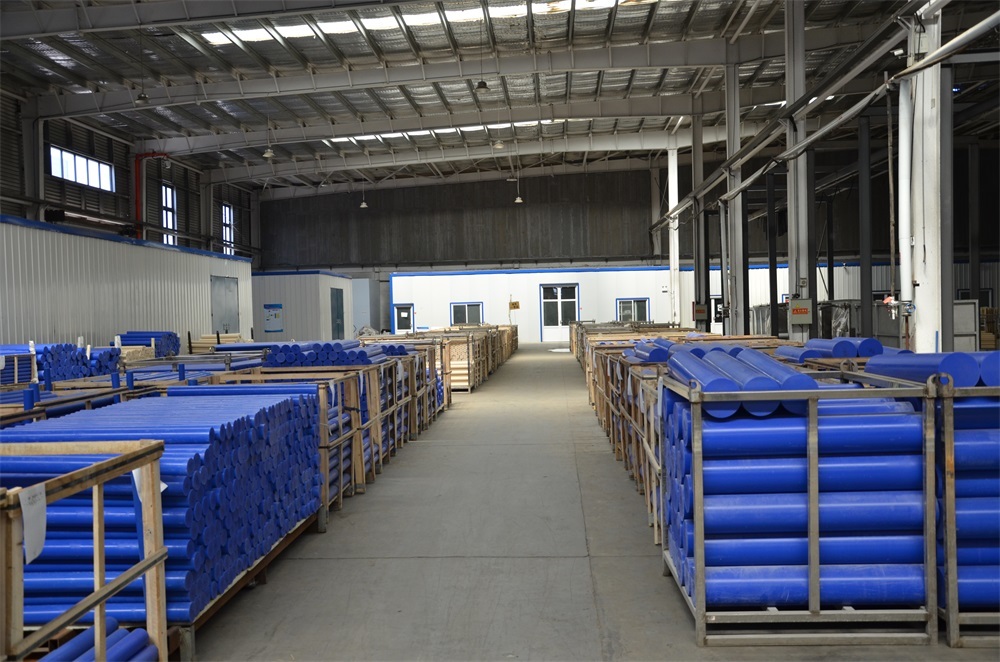Unlocking the Future: The Fascinating World of Composite Materials
2025-06-27

Introduction to Composite Materials
Hey there! Have you ever marveled at how a simple bicycle can be both lightweight and super strong? Well, the secret sauce often lies in composite materials. These bad boys are the unsung heroes of modern engineering, lurking in everything from sports equipment to aerospace technology. But what exactly are these materials, and why are they so darn important? Let’s dive in!
What Are Composite Materials?
In layman's terms, composite materials are made by combining two or more distinct materials to create something that’s greater than the sum of its parts. Think of it like a dynamic duo—Batman and Robin, if you will. One material provides strength, while the other adds flexibility or resistance to environmental conditions. The result? A super-material that can withstand the test of time and all kinds of stress.
The Components of Composite Materials
Most composite materials consist of a matrix (the main body) and reinforcement (the strength booster). For instance, in fiberglass, the matrix is typically plastic while the reinforcement is glass fibers. This combination offers amazing tensile strength while remaining lightweight. Pretty neat, right?
Why Use Composite Materials?
Hold onto your hats because the benefits of composite materials are mind-blowing! Here are a few reasons why engineers and designers are head over heels for these materials:
- Lightweight: Composite materials are often lighter than traditional materials (like metals), which is crucial in industries like aerospace where every gram counts.
- Strength: They can be incredibly strong, offering superior resistance to impacts and wear, making them ideal for everything from car parts to sporting goods.
- Corrosion Resistance: Unlike metals, composites don’t rust, which means lower maintenance costs over time.
- Design Flexibility: They can be molded into complex shapes, allowing for innovative designs that wouldn't be feasible with conventional materials.
Applications of Composite Materials
You might be wondering, “Where on earth can I find these fabulous composite materials?” Well, let’s take a quick tour!
- Aerospace: Airplanes often use composite materials in wings and fuselages to reduce weight without compromising strength.
- Automotive: Cars are getting lighter and more efficient thanks to composites in bumpers, hoods, and even interiors.
- Sports: From tennis rackets to bicycles, these materials give athletes the edge they crave.
- Construction: Bridges and buildings utilize composites for durability and aesthetics.
Future of Composite Materials
So, what’s next for composite materials? Buckle up, because the future looks bright! Researchers are constantly innovating, exploring bio-based composites and even self-healing materials. Imagine a car bumper that could fix itself after a minor accident! It’s not science fiction; it’s just around the corner.
Challenges Ahead
Of course, it’s not all sunshine and rainbows. The production processes for some composite materials can be energy-intensive, and recycling them can be a bit tricky. But with advancements in technology and a push for sustainability, solutions are on the horizon!
Conclusion
In a nutshell, composite materials are reshaping our world in ways we never imagined. Whether it’s making our bikes lighter or our airplanes stronger, they’re everywhere. So the next time you pick up a lightweight sports racket or hop on a plane, give a little nod to the incredible world of composites! Who knows, maybe you’ll even become a materials enthusiast yourself!
Remember, the future is composite, and it’s looking fabulous!
TAG:
Related News
Exploring the Power of Composite Materials in Modern Industry Solutions



